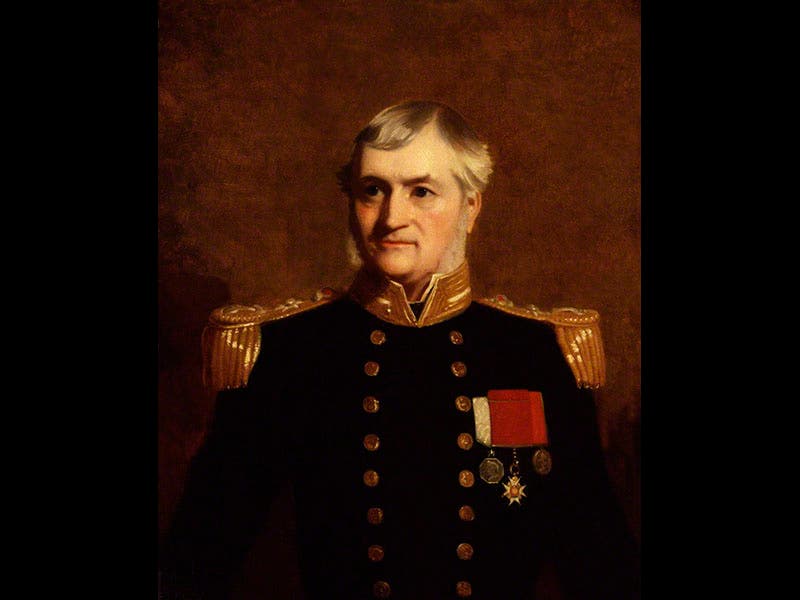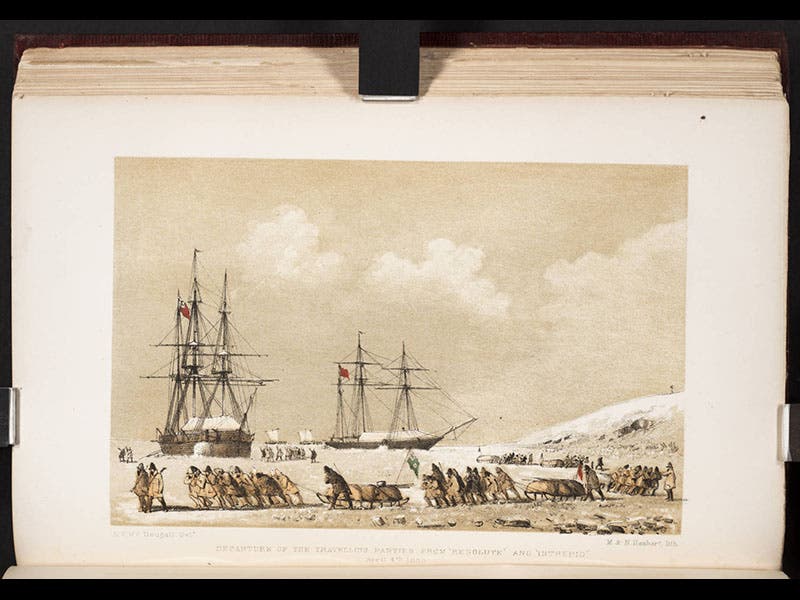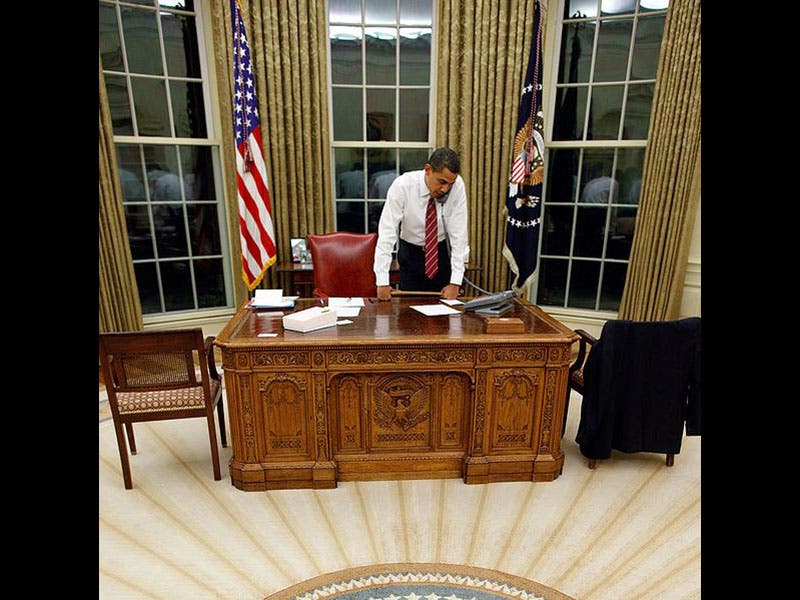Scientist of the Day - Henry Kellett
Henry Kellett, an officer in the British Royal Navy, died on Mar. 1, 1875, at the age of 68. In 1852, Kellett was placed in command of the HMS Resolute and sent to the Canadian Arctic, as part of Edward Belcher's 'Arctic Squadron', to search for the missing crew and ships of the Franklin expedition. There were five ships in all in the fleet, and the Resolute and its steam tender, HMS Intrepid, headed for Melville Island, right in the middle of the Arctic archipelago (first image above). They didn't find Franklin, but in 1853 Kellett send out a sledge expedition to the west (third image), and his men found HMS Investigator, frozen in the ice about 160 miles from the Resolute. The Investigator was also part of the Franklin search and had been sent in from the west, via the Bering Strait, but it had become lodged in the ice in 1851 and stayed that way for two years, until the sledge from the Resolute arrived. The commander of the Investigator was Robert McClure, and Kellett's men rescued McClure and his crew and transported them back to the Resolute, from whence they made their way back to England. McClure received a £10,000 award for being the first to completely navigate the Northwest Passage, and he refused to share it with the crew of the Resolute, which irritated Kellett no end.
The Resolute froze in as well (fourth image), and in 1854, Commander Belcher ordered Kellett to abandon his ship, over Keller's strenuous protests that the ship would come free next summer. Belcher abandoned his own ship as well (fifth image), and all the crews returned to England on a supply boat. Kellett was proved correct when, the next year, the Resolute freed itself and drifted out into Baffin Sound, where it was found by an American whaler. After being refurbished, the ship was returned to England in 1856, in a great show of brothers-across-the-sea. When the ship was broken up decades later, Queen Victoria had some of the timber fashioned into a desk, which was given to the United States as a present in a return show of affection. The Resolute desk still sits in the Oval Office of the White House (sixth image).
Kellett was one of the few commanding officers on the Franklin search who did not write an account of his adventures; for a narrative, we have to turn to a book written by Kellett's sailing master, George McDougall. Four of the images above are from this book, the Eventful Voyage (1857). The portrait of Kellett, by Stephen Pearce, is in the National Portrait Gallery in London and was given to them in 1892 by, of all people, Lady Franklin, the widow of the object of Kellett’s search, Sir John Franklin.
Dr. William B. Ashworth, Jr., Consultant for the History of Science, Linda Hall Library and Associate Professor, Department of History, University of Missouri-Kansas City. Comments or corrections are welcome; please direct to ashworthw@umkc.edu.












